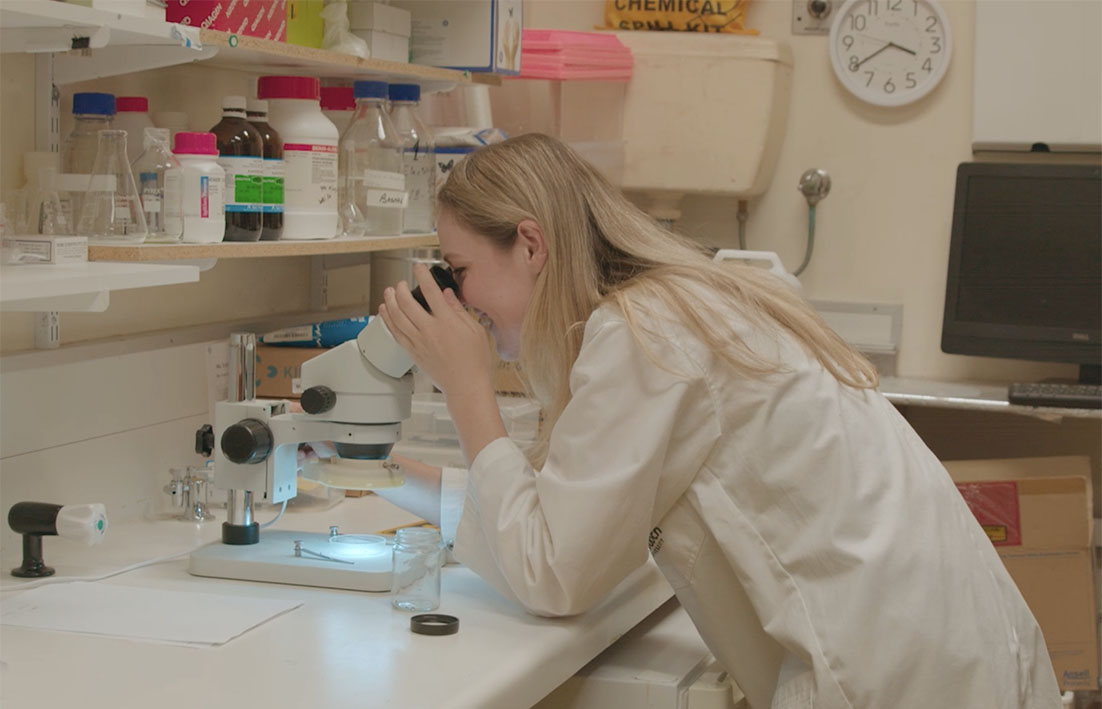
WHILE many associate bee conservation with honeybees in hives, Murdoch University researchers say Australian native bees are under-researched and in decline.
The majority of bee species (up to 80 per cent) live underground, and various factors such as climate change, construction, artificial lawn and weather events have left them with limited places to nest.
Murdoch University PhD student Freya Jackson’s research is focused on one of these native species, the Lasioglossum dotatum, and through this research she discovered the attributes of an ideal native bee habitat.
“If you study bees, you kind of have an idea of the overall ecosystem health. So, when you protect the bees, you protect entire ecosystems,” Ms Jackson said.
“If native bees were to disappear, the plants that they have evolved beside for millennia would also disappear.”
Ms Jackson said she hoped to convey the importance of native bees for ecosystem health, and help the everyday person become a citizen bee conservationist.
She learned through observations what made the preferred habitat for her study species as well as a number of other ground-living bees and developed a prototype bee bed to be released with her PhD thesis.
In the meantime, Ms Jackson said anyone could create conditions from home that would help save native bees.
Her recommendations included leaving an open patch of dirt, making sure it stays moist (but not totally saturated) by using a hose or automatic watering sticks and keeping a watchful eye out for invading ants.
Native plants such as bottlebrush and eucalyptus, as well as a variety of herbs like rosemary were also attractive to the species.